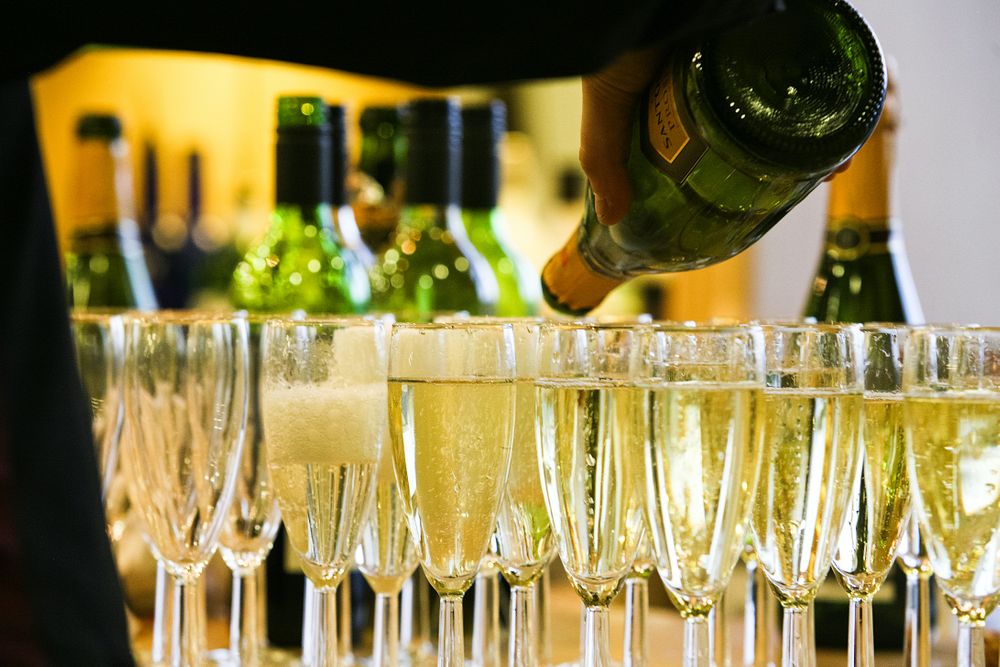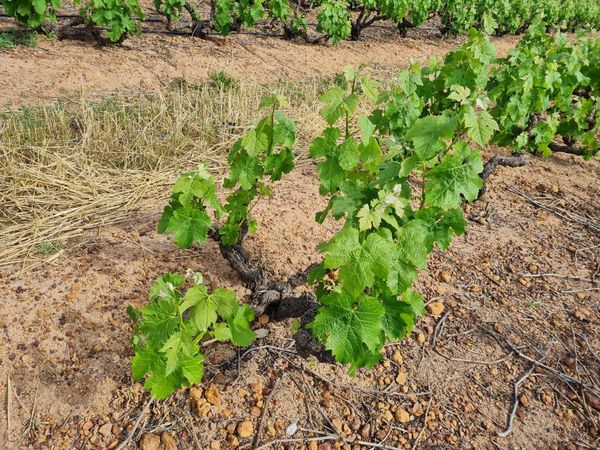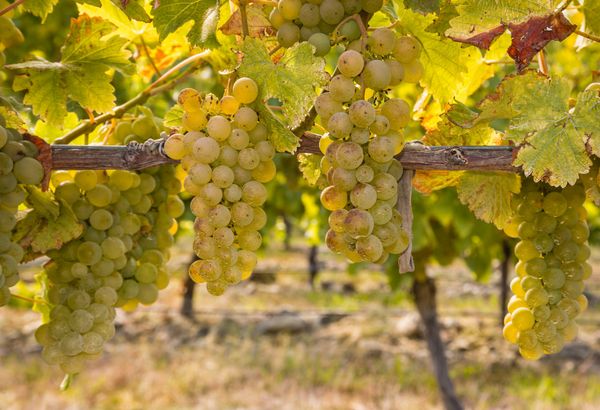Your guide to Sparkling Wine
Summer, celebrations and sabrage. What do these words all have in common? The short answer is sparkling wine.
The world of sparkling wine can be slightly daunting, how do you know what to choose when confronted with shelves filled with Champagne, MCC, Cava, Prosecco, Asti - and these are just some of the most familiar styles available.
What is a sparkling wine?
Sparkling wines are any wines that have a significant amount of dissolved carbon dioxide (CO2) which results in the famous fizz. And just like there are a number of styles that producers can employ to make still wines, there are a number of methods to produce different styles of sparkling wines. You can read this article if you want to learn more about the 9 classic styles of wine.
Where are sparkling wines made?
It would come as no surprise to you that the most famous of all sparkling wines is Champagne, and as we all (probably) know these are produced exclusively in the Champagne region in France. However, sparkling wines are produced almost everywhere that wine is produced although not all countries' sparkling wines are equally popular. For instance, it might come as a surprise to you that some rather good quality sparkling wines are produced in Russia!
Europe
In Europe popular sparkling wines are produced in France, Spain, Italy, Germany, Portugal, Hungary and England. Each country has a slightly different set of laws that govern how the wines are to be produced.
The New World
In the New World, countries such as South Africa, Canada, The USA, Australia, New Zealand and Chile are all producing notable sparkling wines.
How are sparkling wines made?
Sparkling wines can be made in a number of different ways, and this along with where the wines are produced often contribute to the name that the producer can use on the label. Below is a quick overview of five of the most well-known methods used today.
Traditional Method
The traditional method is the most expensive and time consuming way in which sparkling wines can be produced and is often reserved for premium production. Champagne and South Africa's MCC wines are produced in this way.
Once the grapes have been harvested and pressed the juice undergoes the first of two alcoholic fermentations in either stainless steel tanks or oak vats. The resulting wine is dry (i.e. no sugars are left), with neutral flavours and a high acidity. Depending on the styles that the winemaker wants to achieve the wine can then be matured in oak, undergo malolactic fermentation (responsible for buttery and creamy flavours in wine) or stored in stainless steel until the winemaker wants to bottle it and start the second fermentation. This wine is known as the base wine.
The base wines can be stored for a year or more before they are blended to achieve consistency, a specific house style or to enhance the complexity of the wine. Once the winemaker is happy with the blend, the wines are bottled and a mixture made up mostly of sugar and yeast are added. The bottles are then closed with a crown cap and stored on their sides. The second fermentation then takes places until the additional sugars have been converted to alcohol and the yeast dies. It is during this time that the CO2 that is produced during fermentation dissolves in the wine and the bubbles are formed.
Again, depending on the laws of the country or region where the wine is made, it has to undergo a set amount of bottle ageing. During this time the wine develops the bread, dough and biscuit flavours that we are so familiar with. The next step is to slowly turn the bottles upside down, a process called riddling, so that the lees (dead yeast cells) fall to the cap. Once this has been done the bottle is placed in a solution that freezes the lees, the cap is removed and the lees expelled (disgorgement). Since a little bit of wine is lost during the process and some producers might want to add sweetness to the wines, the bottles are topped up with a mixture called the liqueur d'expédition before being closed with a cork and cage.
Some producers can decide to age the wine in the bottle even further before releasing it to the market.
French Champagne, South African Méthode Cap Classique (Cap Classique or MCC), Spanish Cava as well as some Australian, New Zealand and English sparkling wines and a number of premium American sparkling wines are produced in this method.
Transfer Method
The transfer method is an adaptation of the traditional method. The main differences are that the complex processes of riddling and disgorgement are avoided. So how does this work?
The same process and steps are followed as with the traditional method up to the point where the lees needs to be expelled from the bottle where the second fermentation took place. At this stage the bottles are emptied into a large sealed, stainless steel tank under pressure after which the wines is filtered, to get rid of the lees, and finally the liqueur d'expédition is added and the wine is bottled, sealed and stored or sold.
This method can produce high quality wines at large volumes and in very consistent styles at a lower cost than the traditional method wines.
Producers often use the term 'bottle-fermented' on labels of wines made using the transfer method.
Tank Method
The tank method is usually employed when a producer does not want the bread and dough flavours that the traditional method and transfer method imparts to a wine.
As with the previous two methods, the wines undergo two fermentations to create the bubbles. The first fermentation takes places in stainless steel tanks as it is important to retain as much of the fruit and floral characteristics of the grapes. A mixture of sugar and yeast is added to this base wine and the second fermentation takes places in a sealed tank that can withstand the pressure caused by the CO2 that is dissolved into the wine. Once this process is complete, the wine is filtered and bottled under pressure.
Wines produced using the tank method are lighter, fruitier and more aromatic than those made in the traditional or transfer methods and rarely have any flavours from lees contact. Italian Prosecco and German Sekt are both very good examples of tank method sparkling wines.
Asti Method
The Asti method is an unusual way of producing sparkling wine as the wines undergo only one fermentation. Muscat Blanc à Petit Grains grapes are harvested and pressed and the juice from this process is chilled and stored until a producer is ready to use it to produce a wine. Once needed, the juice is warmed up and fermentation starts in pressurised tanks, although CO2 is initially allowed to escape. Part way through the fermentation the tank is sealed and the CO2 is trapped to produces bubbles in the wine. Once the wine reached approximately 7%abv, the wine is filtered and bottled under pressure.
Asti wines are low in alcohol, sweeter and have characteristic grape and fruit flavours. These wines are mainly produced in the Asti region of Piemonte, Italy.
Carbonation
The last method is the least expensive and easiest to produce. Producers may choose this method for wines that have strong varietal flavours which they would like to retain, for example Sauvignon Blanc.
For this method, a dry, still base wine is produced and then CO2 is injected into the wine and the resulting wine is bottled under pressure.
What will you try next?
If you haven't already, I urge you to try a bottle of South African Cap Classique, and if you have, buy some more! Nothing beats a good glass of bubbly! 🥂
Thank you for reading, I hope that you have found this interesting and educational. If you'd like to receive one blog post a week in your inbox, please sign up to my newsletter, and share this with family and friends.
For more photos, tasting notes and short posts you can also follow me on Instagram and Facebook . 🍷




